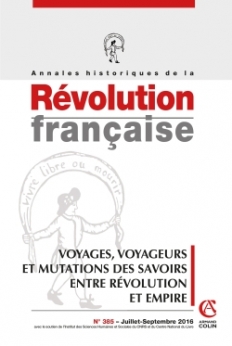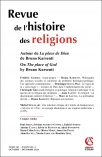
Annales historiques de la Révolution française n° 385 (3/2016)
Pour acheter ce numéro, contactez-nous
Recevez les numéros de l'année en cours et accédez à l'intégralité des articles en ligne.
During his voyage of discovery to the South Pacific (1817-1820), Louis de Freycinet drew up new rules for the selection of scientists and the organisation of their observations in order to encourage collaboration on board the Uranie. As he issued methodical lists of scientific investigations his officers might conduct irrespective of their scientific specialisms, he felt it necessary to remark to the members of his état major that they should not expect to follow in the footsteps of Humboldt. While they could not hope to aspire to the fame and glory of the Prussian explorer of South America, they could, nevertheless, still pursue an ambitious overarching scientific program by collaborating on his fixed agenda. Freycinet’s paperwork scheme facilitated the integration of multiple viewpoints in his official historical account of the voyage. It also changed the way in which his officers approached the day-to-day scientific operations of the expedition and on the sort of discoveries Freycinet’s men were able to make.

